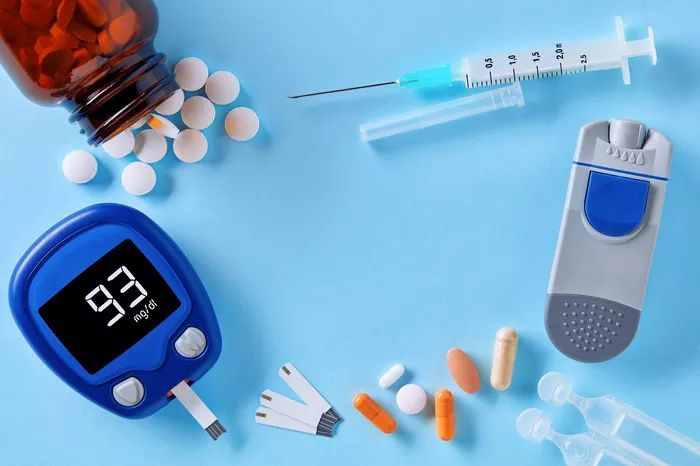Diabetes is a chronic metabolic disorder characterized by elevated blood sugar levels, leading to various complications if not properly managed. Among the intricate mechanisms underlying diabetes is insulin resistance, a condition where cells fail to respond effectively to insulin, the hormone responsible for regulating blood sugar levels. In this article, we delve into the definition, risk factors, symptoms, diagnosis, health implications, prevention, management, treatment options, and the importance of early detection and management of insulin resistance.
What Is Insulin Resistance?
Insulin resistance occurs when cells in the body become less responsive to the action of insulin, resulting in impaired glucose uptake and utilization. This resistance leads to compensatory mechanisms by the pancreas to produce more insulin, eventually leading to elevated blood sugar levels.
Risk Factors
Several factors contribute to the development of insulin resistance, including obesity, lack of physical activity, family history of diabetes, and certain medical conditions such as polycystic ovary syndrome (PCOS). Individuals with these risk factors should be particularly vigilant in monitoring their insulin sensitivity.
Common Symptoms
Recognizing the symptoms of insulin resistance is crucial for early intervention. Common signs include frequent hunger or thirst, fatigue or lethargy, difficulty losing weight, high blood sugar levels, increased waist circumference, skin tags, and dark patches of skin known as acanthosisnigricans.
Diagnostic Tests
Diagnosing insulin resistance typically involves a series of tests to assess glucose metabolism. These tests may include fasting blood glucose, oral glucose tolerance test (OGTT), and hemoglobin A1C (HbA1C) test. These tests help healthcare professionals evaluate insulin sensitivity and identify individuals at risk of developing diabetes.
Health Implications
Untreated insulin resistance can have serious health implications, including an increased risk of type 2 diabetes, heart disease, stroke, and other metabolic disorders. Managing insulin resistance is essential to reduce the risk of these complications and improve overall health outcomes.
Prevention and Management
Preventing and managing insulin resistance requires a multifaceted approach. Adopting a healthy lifestyle that includes a balanced diet rich in fruits, vegetables, whole grains, and lean proteins, along with regular physical activity, weight management, stress reduction, and regular check-ups and screenings, can help improve insulin sensitivity and prevent the progression of insulin resistance.
When to Seek Medical Help?
Individuals should consult a healthcare professional if they experience symptoms of insulin resistance or if they have risk factors such as obesity, family history of diabetes, or PCOS. Early intervention can help prevent complications and improve treatment outcomes.
Treatment Options
Treatment options for insulin resistance may include lifestyle modifications such as diet and exercise, medication such as insulin-sensitizing drugs or diabetes medications, and monitoring blood sugar levels to ensure optimal management of glucose metabolism.
Importance of Early Detection and Management
Early detection and proactive management of insulin resistance are paramount in preventing the progression to type 2 diabetes and reducing the risk of associated complications. By addressing insulin resistance early on, individuals can take control of their health and improve their quality of life.
Conclusion
Insulin resistance plays a crucial role in the development and progression of diabetes and its associated complications. By understanding the definition, risk factors, symptoms, diagnosis, health implications, prevention, management, treatment options, and the importance of early detection and management of insulin resistance, individuals can take proactive steps to improve their insulin sensitivity, reduce their risk of developing diabetes, and enhance their overall health and well-being.
Related Topics:
Insulin Resistance vs Diabetes: What is the Difference?
























